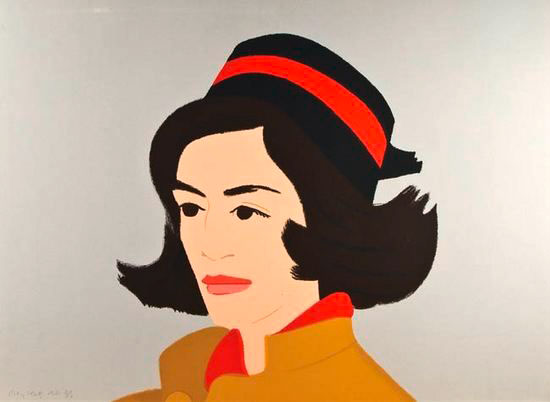The alluring nature of David Salle’s “How to See” begins with the cover. Just look at it.

I was the Barnes & Noble in Union Square, waiting for a friend, and because of the cover and subject, I thought, why not. Half way through the intro I realized I was going to spend $30 bucks on the book and there was no point in resisting.
I think what speaks to me most about this book is the dissatisfaction with BS, when making art and especially when perceiving it. The art world is so saturated with notions of what we should think that we often lose track of what we, in the presence of “art,” actually think. He writers: “We need to pay attention to what a work of art actually does–as distinct from whatever may be its supposed intention” and elsewhere: “The act of paying close attention to what someone made, in all of its particulars, is what stimulates an authentic, as opposed to a conditioned, response.” His essays on Alex Katz, Lichtenstein, Mike Kelly, Robert Gober are illuminating as to how each passionately engaged with their world, how the resultant piece represents their hard-won knowledge.
Salle repeatedly attacks the notion that a big idea is enough to justify anything as art. “Often what passes for an idea is, on closer inspection, really propaganda — someone wants something, wants to promote something. The hard part is finding a form. The most convincing works tend to be those in which the thinking is inseparable from the doing.” As an artist turned critic, Salle recognizes just how difficult it is to mend ideas to form. Growing from this recognition Salle has the intriguing view that the medium itself gives rise to new ideas. Critics can see how ideas are imposed on a medium, but artist like Salle understand how ideas arise from the medium. It’s this preoccupation with the potential of a medium itself that makes this book so necessary. It reminded me of a discussion with Ellen Bryant Voigt: “No working writer I know talks about working in themes.”
Salle beautifully articulates how works of art gain staying power, how they can tap into the pulse of a generation.
“The ideas with staying power are those that intersect with an artists’s inclination for form, causing it to deepen and expand, like a paper flower that blooms when you put it in water. The right idea, one that is in productive sync with one’s talents, can unlock a whole worldview. If that idea is also part of a sensibility that is forming and spreading in the larger culture, or zeitgeist, a multiplier effect comes into play, and the art will resonate strongly with the viewing public. We will feel that is expresses us.”
My only caveats are that some of his essays I’ve already encountered or are freely available online, and that his focus doesn’t extend past white artists. Granted he’s writing about what he knows, but for someone committed to expanding themselves, I was surprised he didn’t dwell on people different from him.

